Home>Articles>Which Weather Instrument Is Best For Predicting
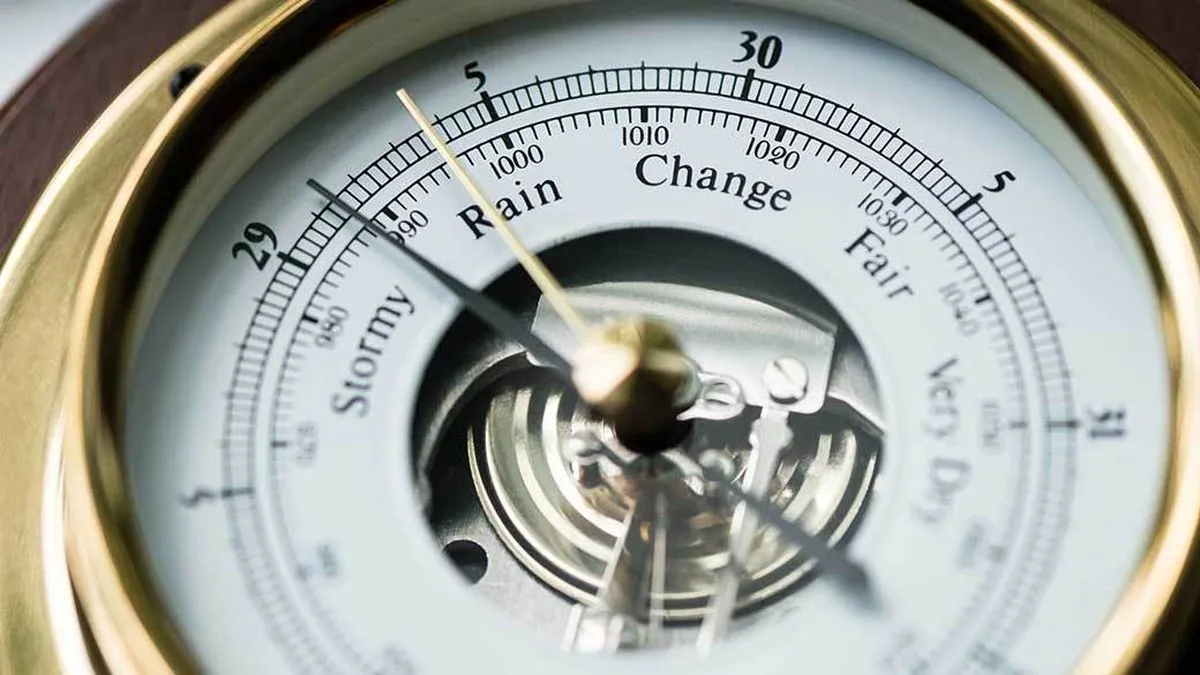

Articles
Which Weather Instrument Is Best For Predicting
Modified: January 6, 2024
Discover the best articles on weather instruments for accurate predictions and stay ahead with the latest advancements in meteorology.
(Many of the links in this article redirect to a specific reviewed product. Your purchase of these products through affiliate links helps to generate commission for Storables.com, at no extra cost. Learn more)
Introduction
Weather prediction is an essential part of our daily lives. From planning outdoor activities to staying safe during severe weather conditions, having accurate information about the weather is crucial. While meteorologists rely on advanced technology and data models to forecast the weather, there are also weather instruments that can help individuals make their own predictions.
In this article, we will explore some of the best weather instruments for predicting weather conditions. These instruments can be used by weather enthusiasts, amateur meteorologists, or anyone who simply wants to have a better understanding of the immediate weather forecast.
By having these instruments at your disposal, you can observe and measure various elements that contribute to weather patterns. This can include factors like atmospheric pressure, temperature, humidity, wind speed, wind direction, and rainfall. By monitoring these variables, you can gain insights into the current and future weather conditions.
While some weather instruments are more complex and sophisticated, there are also simpler ones that are suitable for beginners. Let’s delve into the world of weather instruments and discover which ones are best for predicting the weather.
Key Takeaways:
- Embrace the world of weather instruments to gain valuable insights into atmospheric changes and make informed decisions based on weather forecasts. Enhance your understanding and enjoy the fascinating realm of weather prediction.
- Invest in weather instruments to develop a deeper connection with the ever-changing weather conditions. By observing, measuring, and predicting the weather, you can become more attuned to local weather patterns and make better-informed decisions.
Read more: Which Weather Instrument Measures Humidity
Barometer
A barometer is one of the oldest and most well-known weather instruments used for predicting changes in atmospheric pressure. It measures the weight of the air above it, which is directly related to the current weather conditions. By monitoring the changes in atmospheric pressure, you can get an idea of whether the weather is likely to improve, deteriorate, or remain stable.
There are two main types of barometers: mercury barometers and aneroid barometers. Mercury barometers use a glass tube filled with mercury, which rises or falls as the atmospheric pressure changes. Aneroid barometers, on the other hand, use a small metal capsule that expands or contracts based on the atmospheric pressure.
When using a barometer, it’s important to track the trends in pressure rather than focusing solely on the numerical readings. A steady rise in pressure generally indicates stable weather conditions, while a steady drop suggests that a change in weather is on its way, such as the approach of a low-pressure system or a storm.
Barometers are easy to use and suitable for both beginners and more experienced weather enthusiasts. They can be placed indoors or outdoors, but it’s important to avoid direct sunlight or exposure to extreme temperatures, as this can affect the accuracy of the readings.
Overall, a barometer is a valuable instrument for predicting short-term weather changes. By monitoring the fluctuations in atmospheric pressure, you can gain insight into the immediate weather conditions and make informed decisions about your outdoor plans.
Thermometer
A thermometer is a widely recognized and commonly used weather instrument that measures the temperature of the surrounding environment. It provides valuable information about the current temperature, which is an important factor in predicting weather patterns.
Thermometers come in various types, including traditional mercury thermometers, digital thermometers, and infrared thermometers. Each type has its own advantages and applications, but the basic principle remains the same – measuring temperature.
By monitoring the temperature trends over time, you can gain insights into the changing weather conditions. For example, a sudden drop in temperature may indicate the approach of a cold front, which can bring cooler and possibly stormy weather. On the other hand, a steady increase in temperature might suggest the arrival of a warm front and sunny conditions.
It’s important to note that different regions have different temperature ranges that are considered normal for specific seasons. Comparing the current temperature to the typical range for the time of year can provide additional context for predicting weather patterns.
Thermometers are relatively easy to use and widely available, making them accessible to anyone with an interest in weather observation. They can be placed indoors or outdoors, depending on your specific needs. However, it’s important to ensure the thermometer is calibrated correctly for accurate readings.
Overall, a thermometer is a valuable weather instrument that provides crucial information about temperature changes. By keeping track of the temperature trends, you can make more accurate predictions about the weather and plan accordingly for your daily activities.
Hygrometer
A hygrometer is a weather instrument used to measure the humidity levels in the air. It provides valuable information about the amount of moisture present in the atmosphere, which is important for predicting weather conditions.
Humidity plays a significant role in the formation of weather patterns. High humidity levels can contribute to the development of clouds, rain, and potential storms, while low humidity can result in dry and sunny conditions.
Hygrometers come in various types, including hair tension hygrometers, electronic hygrometers, and psychrometers. Each type has its own method for measuring humidity, but the goal is to determine the amount of water vapor in the air.
By monitoring the humidity levels over time, you can anticipate changes in weather patterns. For example, a significant increase in humidity may indicate the approach of a rainstorm, while a sudden decrease in humidity could suggest dry and clear conditions.
In addition to forecasting weather conditions, hygrometers are also useful for monitoring indoor humidity levels. Excessively high or low humidity indoors can lead to discomfort, mold growth, or damage to sensitive materials. By maintaining optimal humidity levels, you can promote a healthier and more comfortable living environment.
Hygrometers are easy to use and can be placed both indoors and outdoors to monitor humidity levels. It’s important to ensure that the hygrometer is properly calibrated for accurate readings.
Overall, a hygrometer is a valuable weather instrument for predicting and monitoring humidity levels. By keeping an eye on the moisture content in the atmosphere, you can make informed predictions about weather patterns and create a comfortable indoor environment.
A barometer is the best weather instrument for predicting short-term changes in weather, as it measures atmospheric pressure which can indicate approaching storms or fair weather.
Anemometer
An anemometer is a weather instrument used to measure wind speed and direction. It provides valuable information about the movement and intensity of the air currents, which is crucial for predicting weather conditions.
Wind plays a significant role in shaping weather patterns. By monitoring the speed and direction of the wind, you can gain insights into the movement of weather systems, the likelihood of storms, and the overall atmospheric conditions.
Anemometers come in various types, including cup anemometers, vane anemometers, and sonic anemometers. Cup anemometers consist of rotating cups that catch the wind and measure its speed. Vane anemometers, on the other hand, use a rotating vane to determine both wind speed and direction. Sonic anemometers use ultrasonic sound waves to measure wind velocity.
By observing the wind speed, meteorologists and weather enthusiasts can make predictions about the intensity and behavior of storms, as well as the potential impact on various outdoor activities. For example, strong and gusty winds may indicate the approach of a front or a weather system, while calm winds may suggest stable weather conditions.
In addition to wind speed, anemometers also provide valuable information about wind direction. Understanding the prevailing wind patterns in a specific region can help anticipate weather changes. For example, a sudden shift in wind direction may indicate a shift in the weather pattern.
Anemometers are generally easy to use and can be installed either in an open area or mounted on a rooftop. It’s important to ensure proper placement to avoid obstructions that could affect the accuracy of the readings.
Overall, an anemometer is an invaluable weather instrument for predicting and monitoring wind conditions. By keeping track of wind speed and direction, you can make more accurate predictions about the weather and plan accordingly for outdoor activities or storm preparedness.
Weather Vane
A weather vane, also known as a wind vane, is a classic weather instrument used to determine the direction of the wind. It consists of a rotating arrow or figure mounted on a fixed pole or axis, allowing it to point in the direction from which the wind is blowing.
Weather vanes are not only decorative but also highly functional in providing information about wind direction. By observing the movement of the weather vane, you can gain insights into the prevailing wind patterns in a specific location.
Understanding wind direction is crucial for predicting weather conditions. For example, a wind blowing from the ocean towards the land may indicate an oncoming storm, while a wind blowing from the mountains towards the valley may suggest clear and calm weather.
Weather vanes come in various designs and styles, ranging from traditional rooster-shaped vanes to more modern and artistic creations. Regardless of the design, the functionality remains the same – to indicate wind direction.
Weather vanes are relatively easy to install and maintain. They are typically mounted on high points, such as rooftops or towers, to ensure accurate readings. It’s important to ensure that the vane is properly balanced and positioned to accurately reflect the direction of the wind.
While weather vanes primarily indicate wind direction rather than wind speed, they are still valuable weather instruments for predicting and monitoring weather conditions. By observing the movement of the weather vane, you can gain insights into the wind patterns and make informed predictions about upcoming weather changes.
Overall, a weather vane serves as both a functional and decorative addition to any outdoor space. By keeping an eye on the direction of the wind, you can have a better understanding of the immediate weather conditions and appreciate the dynamics of the natural elements at play.
Rain Gauge
A rain gauge is a weather instrument used to measure the amount of rainfall in a specific area over a given period. It provides valuable information about precipitation levels, allowing for analysis of rainfall patterns and accurate predictions of future weather conditions.
Rain gauges come in various designs, but the most common type is a cylindrical container with a measurement scale on the side. As rain falls, it collects in the gauge, and the water level is measured to determine the amount of rainfall.
By monitoring rainfall levels, meteorologists and weather enthusiasts can analyze precipitation patterns and their impact on the environment. This information is crucial for predicting flooding, agriculture planning, water resource management, and weather-related research.
Rain gauges can be placed in open spaces, away from structures or trees that could potentially obstruct rainfall collection. It’s important to empty and reset the rain gauge after each measurement to get accurate readings for subsequent rainfall events.
In addition to measuring rainfall in a specific area, comparing rainfall data from different locations can help identify localized weather patterns. This can be particularly useful for microclimates and areas with varying topography.
It’s important to note that rainfall can vary significantly within a region, so having multiple rain gauges in different locations can provide a more comprehensive understanding of precipitation distribution.
Overall, a rain gauge is a valuable weather instrument for measuring and monitoring rainfall. By keeping track of rainfall levels, you can make informed predictions about weather patterns, assess the impact on the surrounding environment, and plan accordingly for various activities.
Conclusion
Weather instruments play a vital role in predicting and understanding weather conditions. By utilizing these instruments, individuals can gain valuable insights into atmospheric changes and make informed decisions based on weather forecasts.
In this article, we explored some of the best weather instruments for predicting weather patterns. The barometer helps monitor changes in atmospheric pressure, providing indications of stable or changing weather conditions. The thermometer measures temperature, allowing for predictions about hot or cold fronts and their impact on the weather. The hygrometer measures humidity levels, aiding in forecasting rain, storms, and overall atmospheric moisture. The anemometer measures wind speed and direction, essential for determining weather patterns and tracking the approach of weather systems. The weather vane indicates wind direction and provides insights into prevailing wind patterns in a specific area. The rain gauge measures rainfall, which is critical for predicting flooding, managing water resources, and understanding local precipitation patterns.
While modern technology and data models have greatly improved weather forecasting, having weather instruments at your disposal allows for a more hands-on approach to understanding the immediate environment. These instruments offer a tangible and personal connection to the ever-changing weather conditions.
Whether you are a weather enthusiast, an amateur meteorologist, or simply someone who wants to be better prepared for daily activities, investing in these weather instruments can provide you with a deeper understanding of the weather and enhance your ability to predict weather patterns.
Remember to consider the quality and accuracy of the weather instruments you choose, as well as their proper placement and maintenance. By using these instruments in conjunction with regional weather data and forecasts, you can become more attuned to your local weather patterns and make better-informed decisions.
So, embrace the world of weather instruments and start observing, measuring, and predicting the weather. Expand your knowledge, enhance your understanding, and enjoy the fascinating realm of weather prediction.
Frequently Asked Questions about Which Weather Instrument Is Best For Predicting
Was this page helpful?
At Storables.com, we guarantee accurate and reliable information. Our content, validated by Expert Board Contributors, is crafted following stringent Editorial Policies. We're committed to providing you with well-researched, expert-backed insights for all your informational needs.
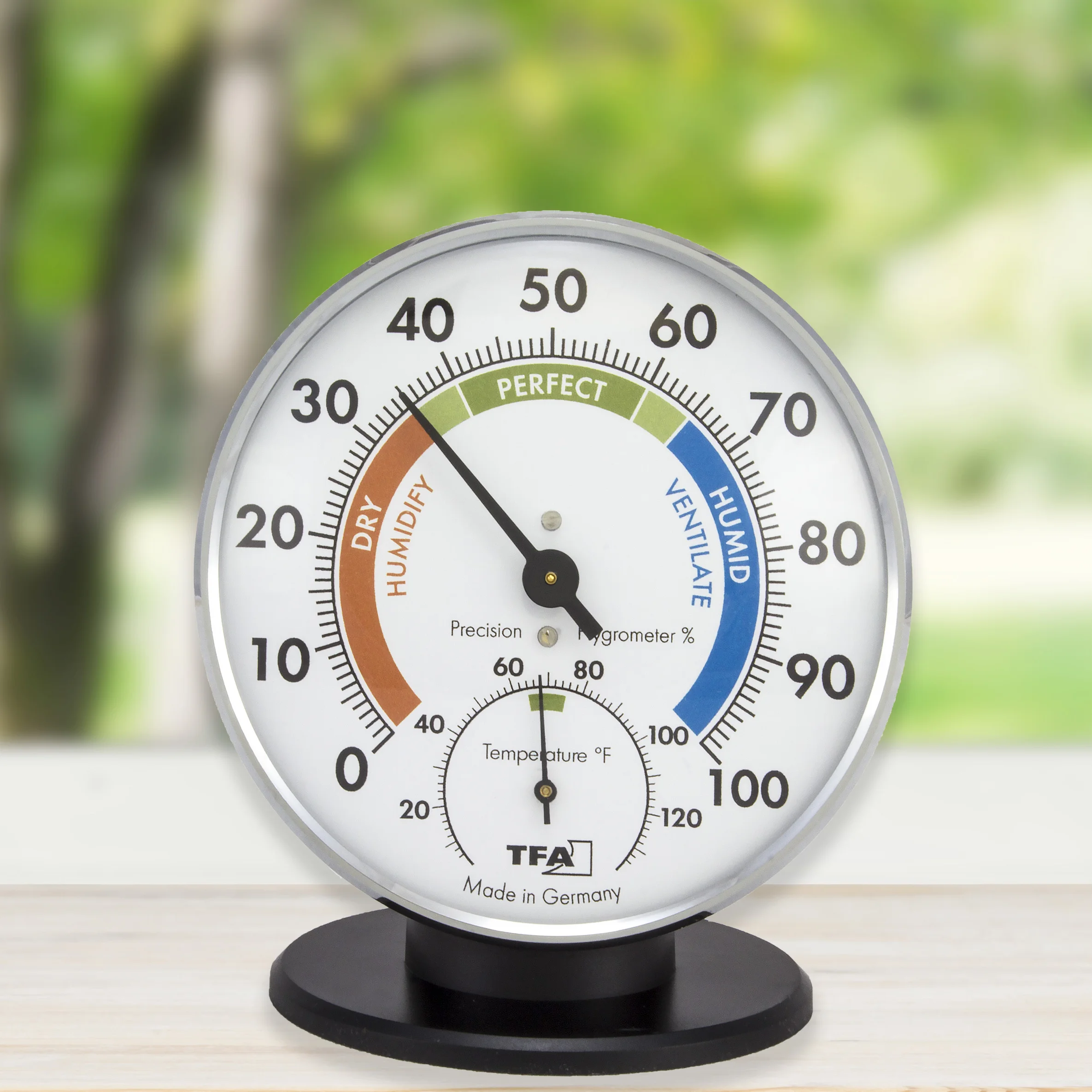
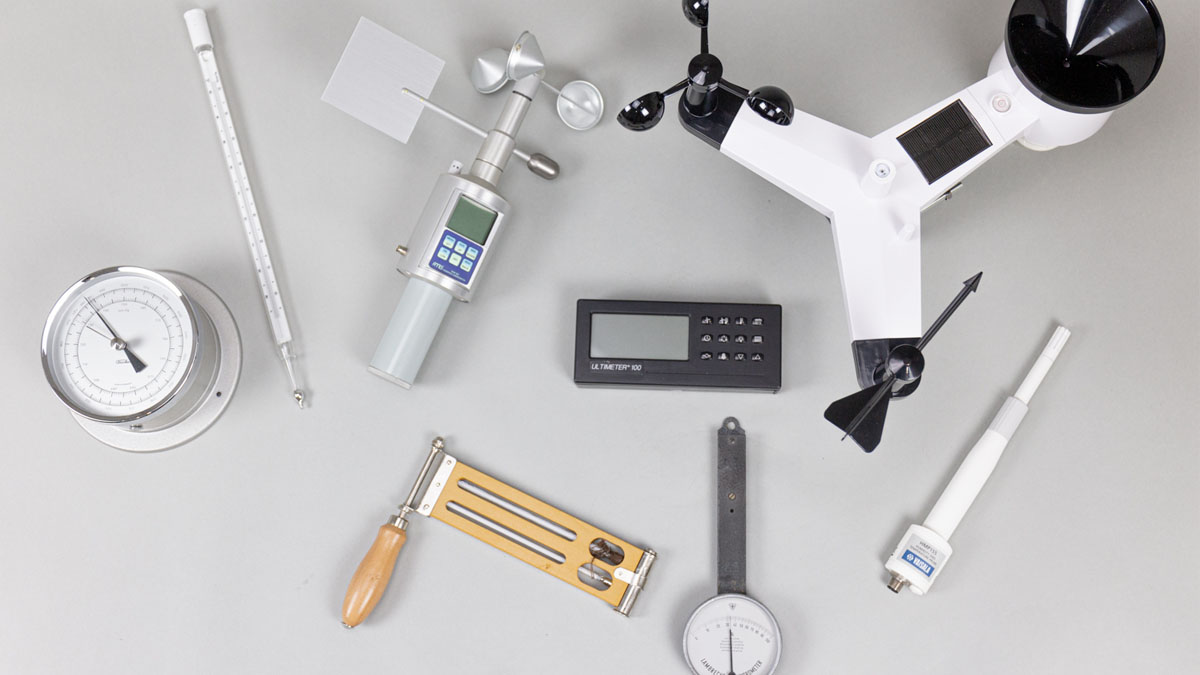
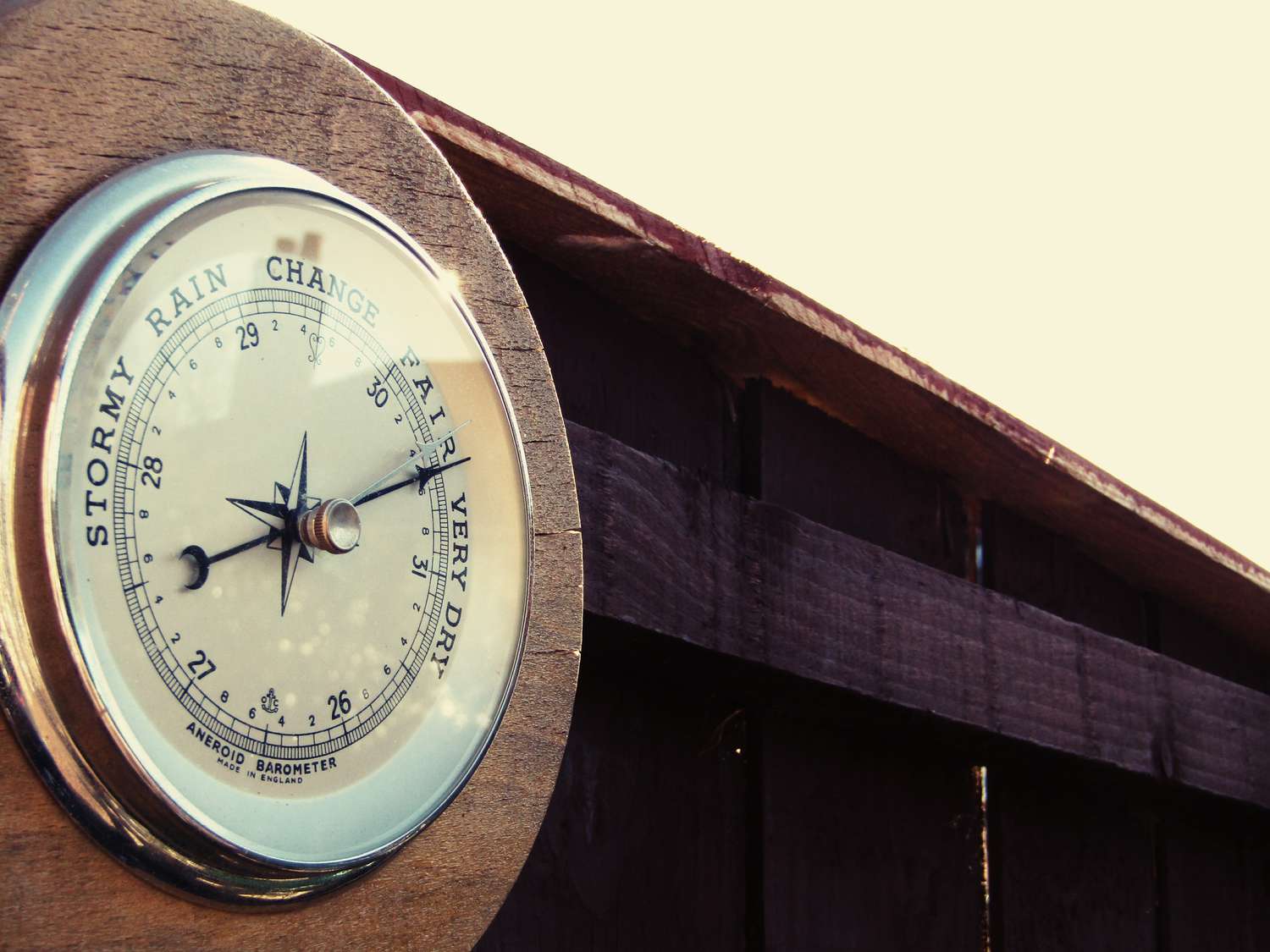
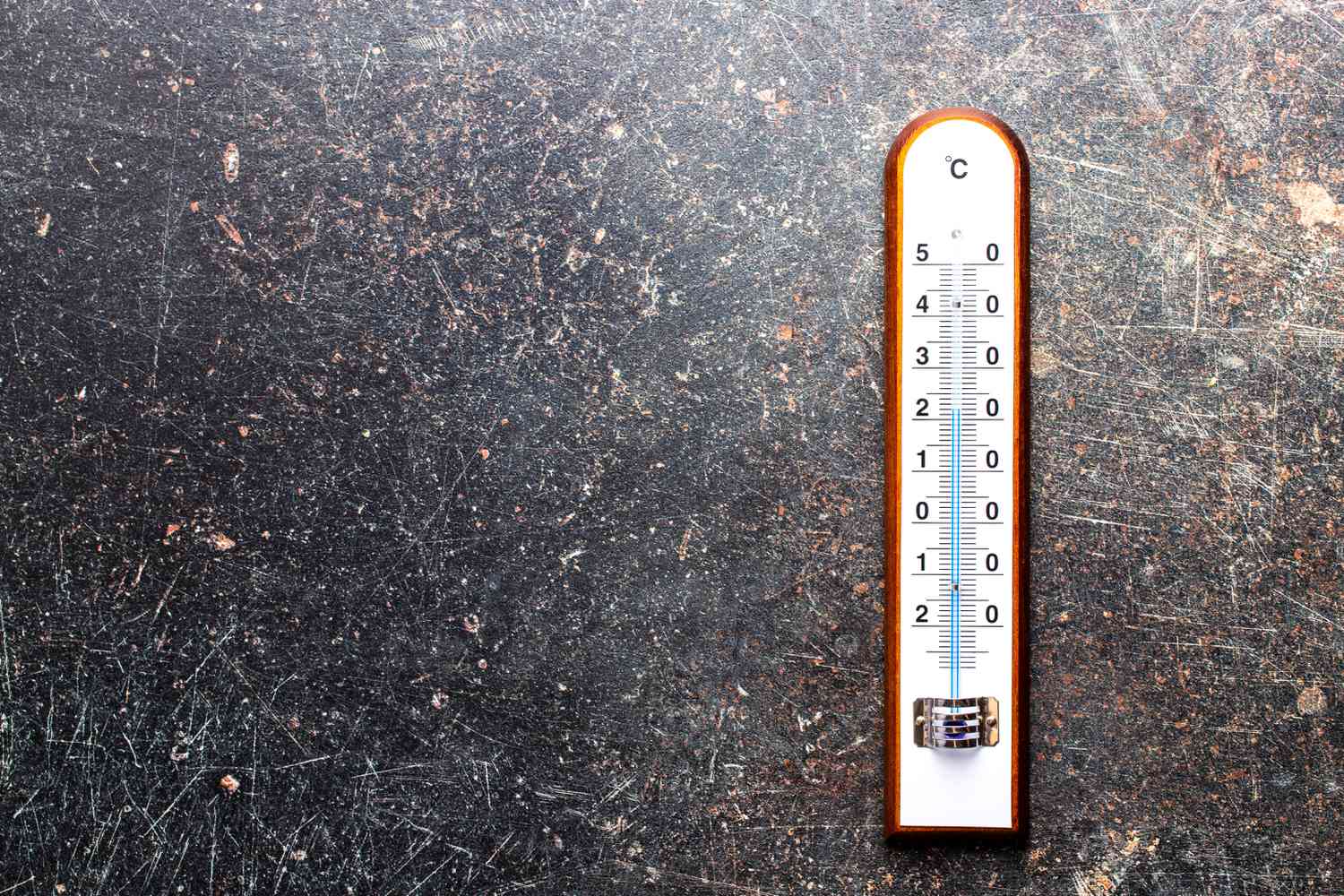
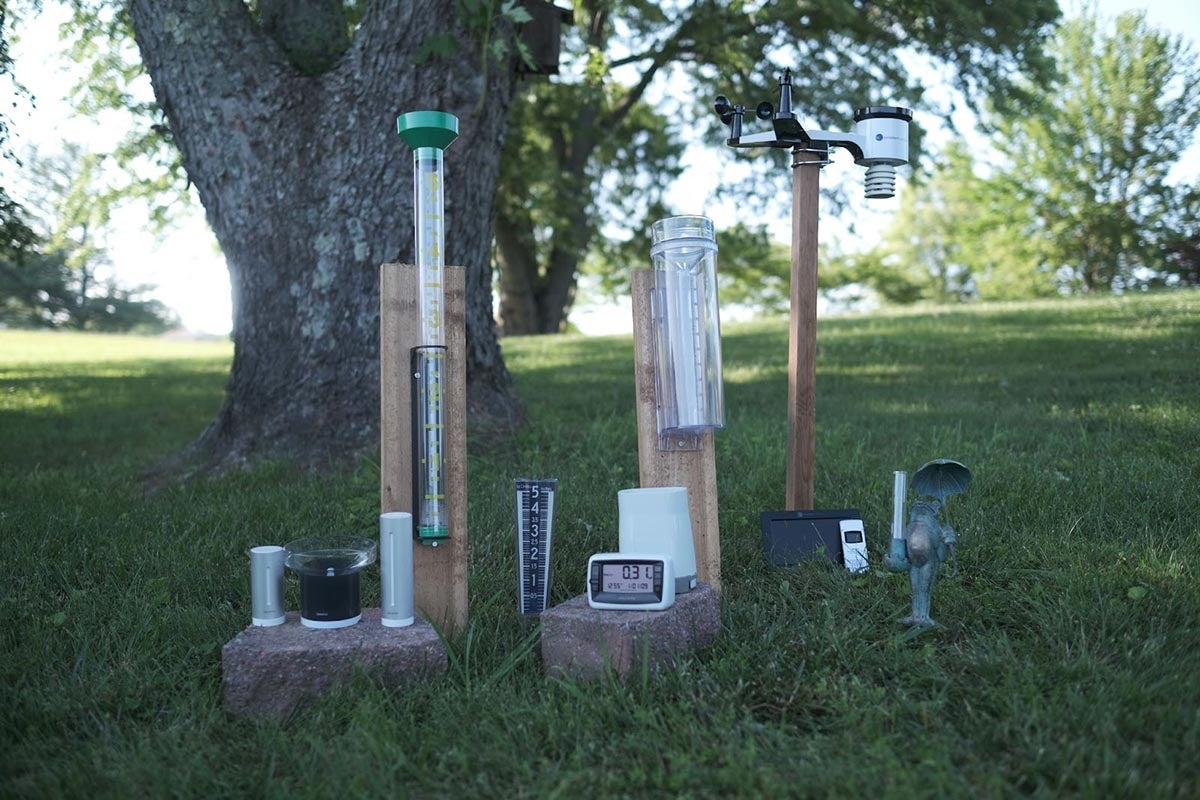
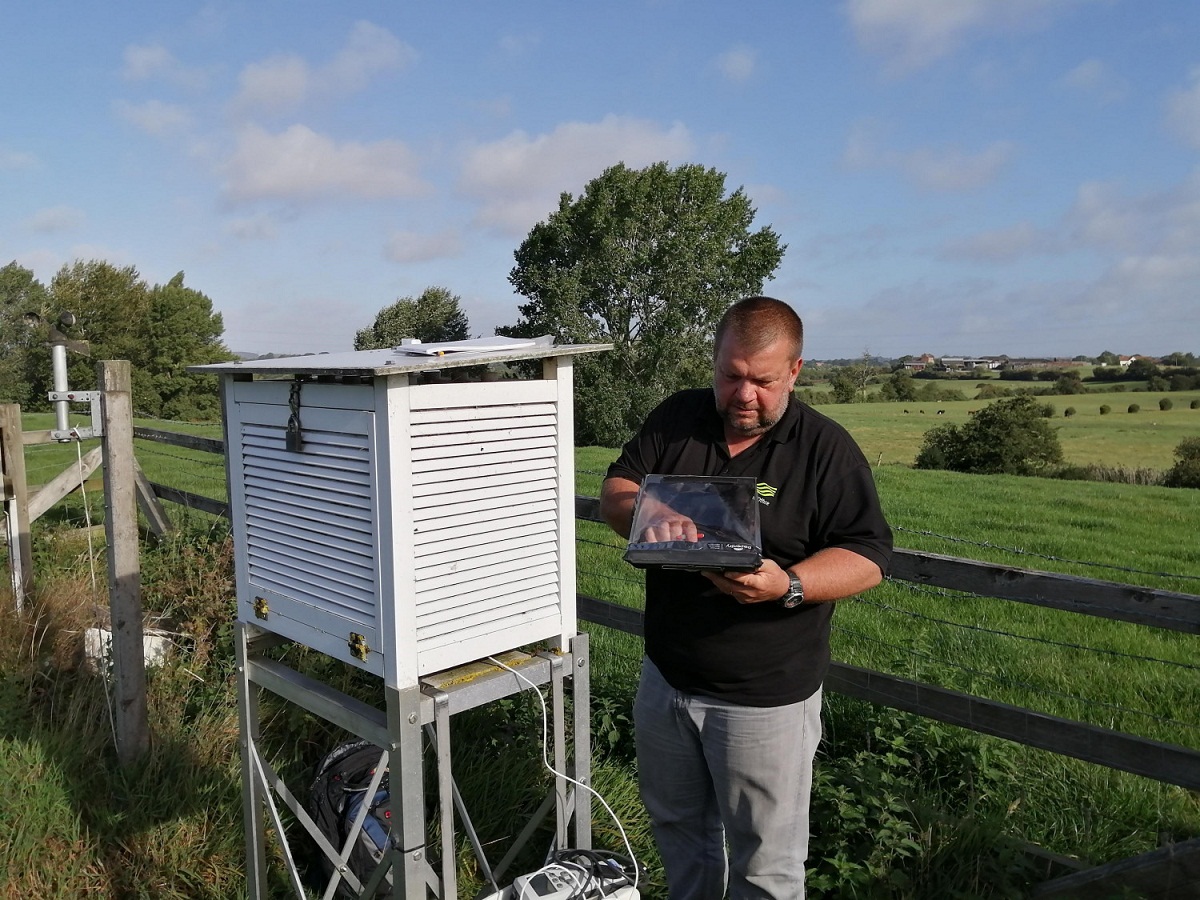
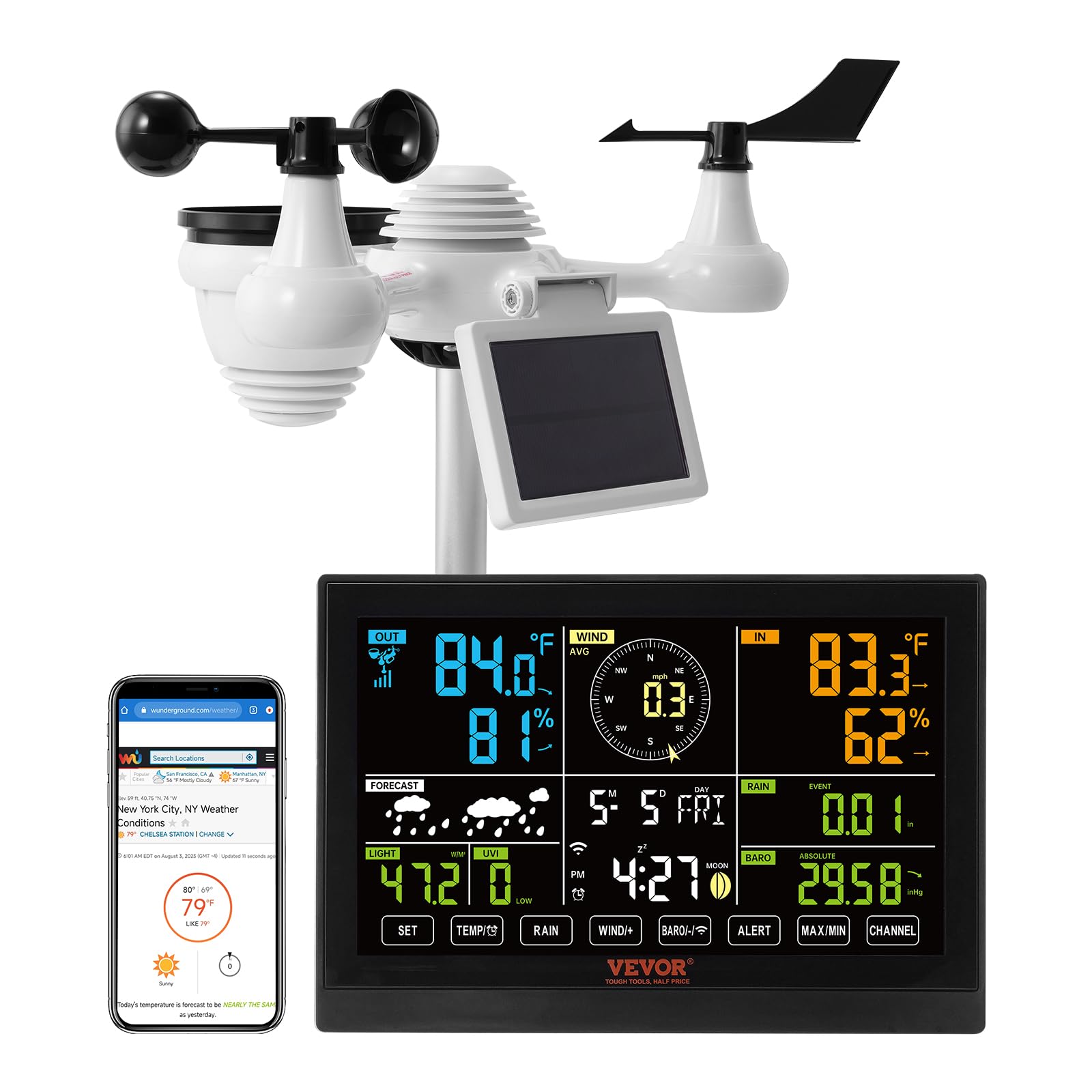
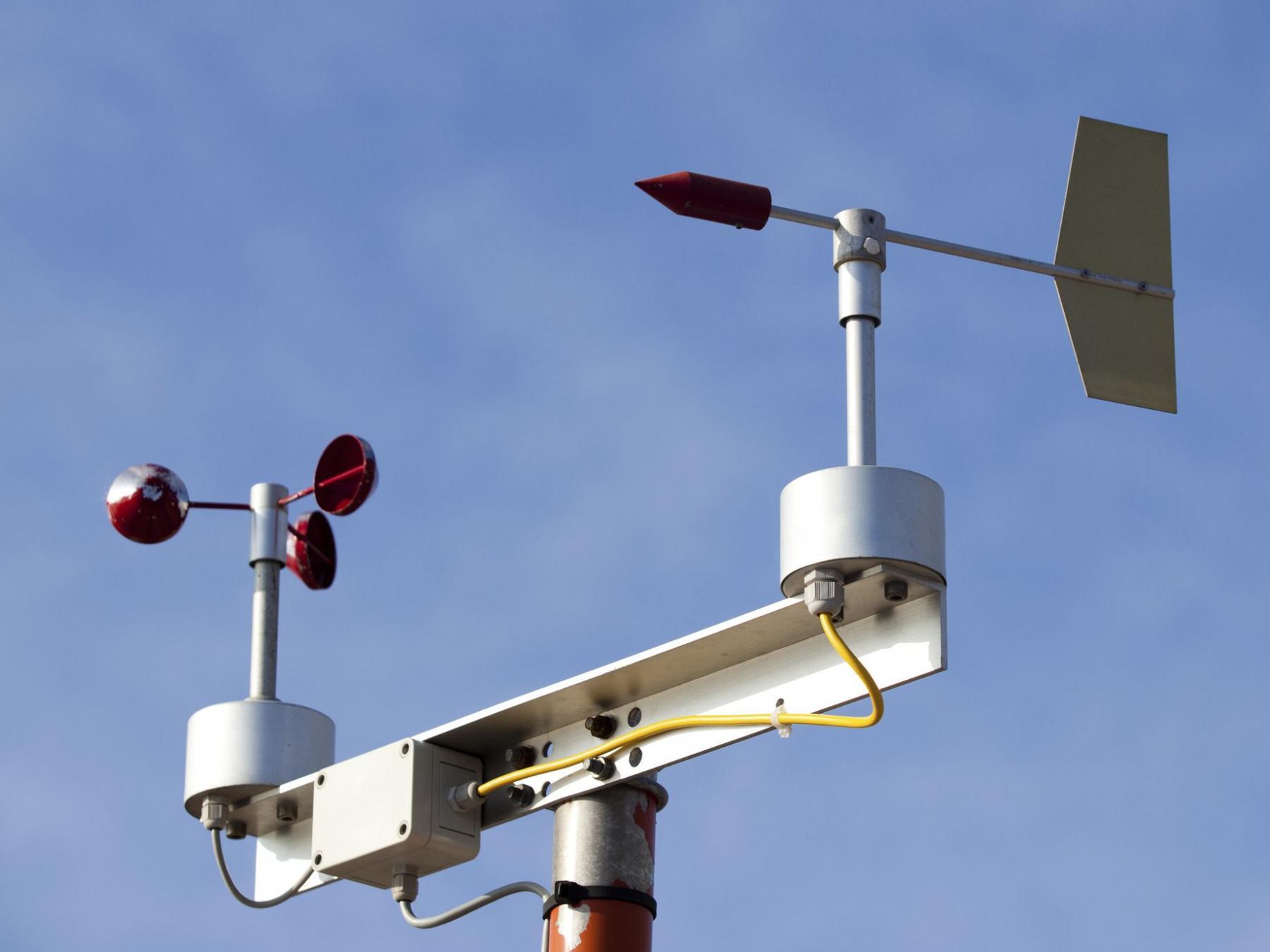
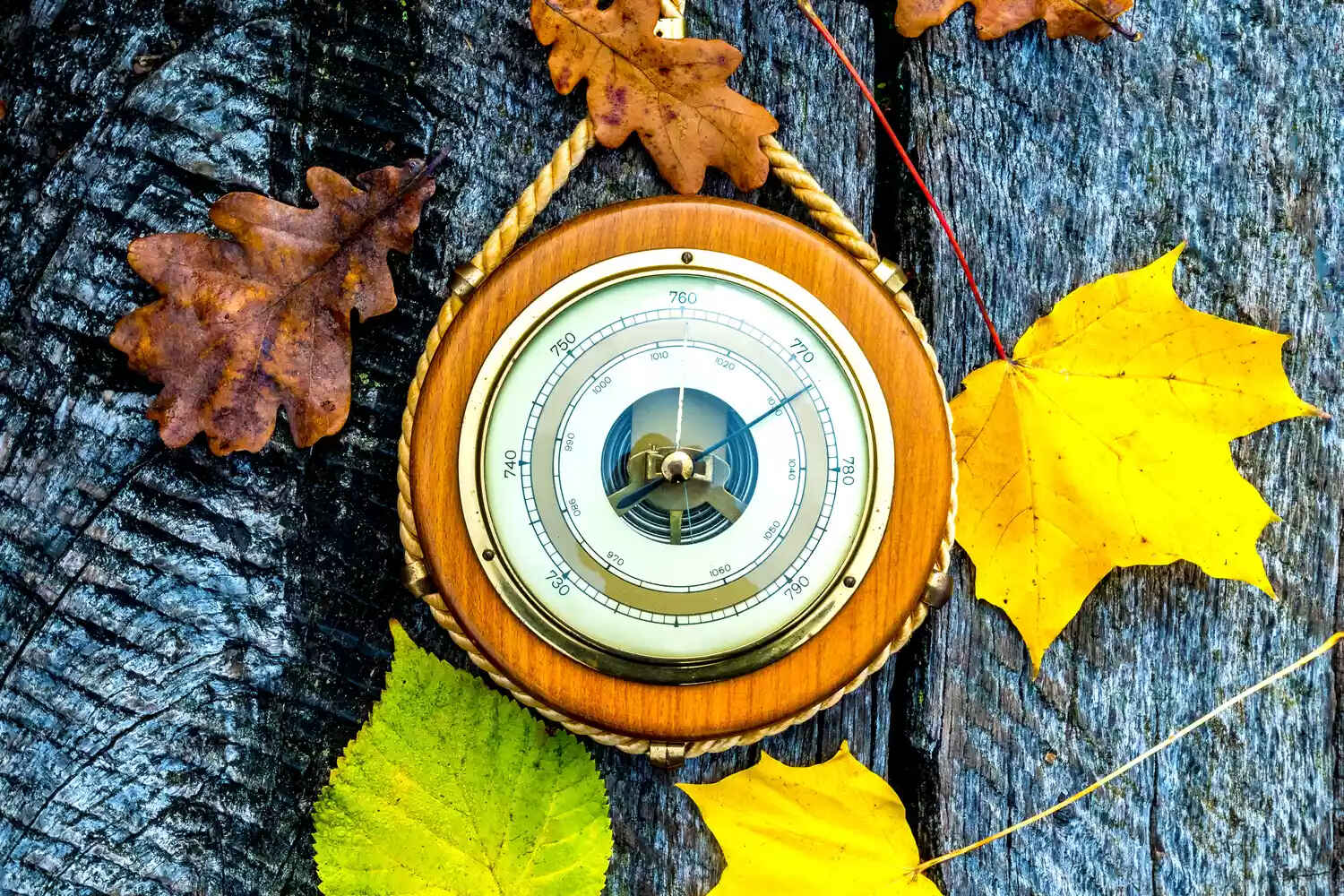
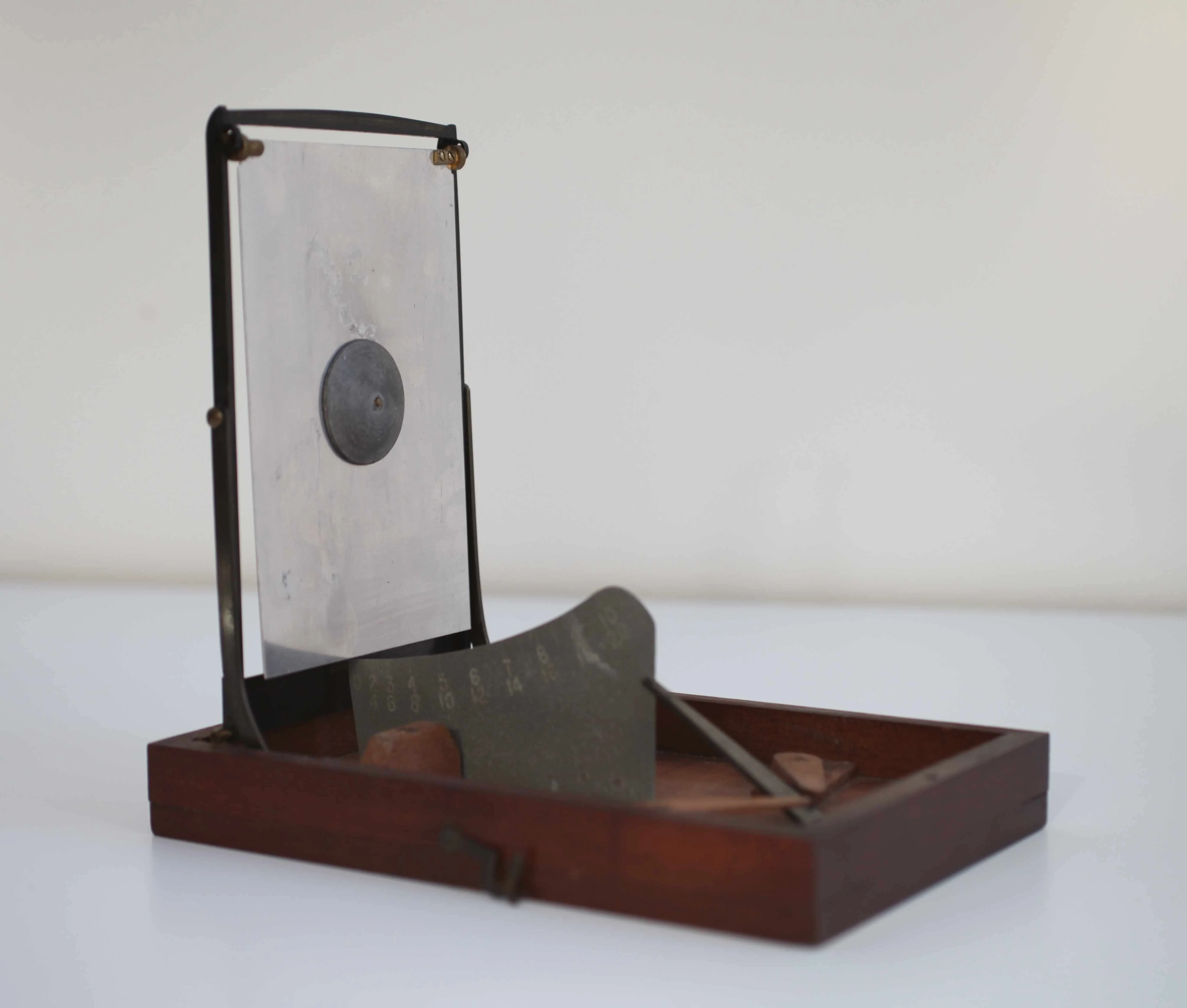
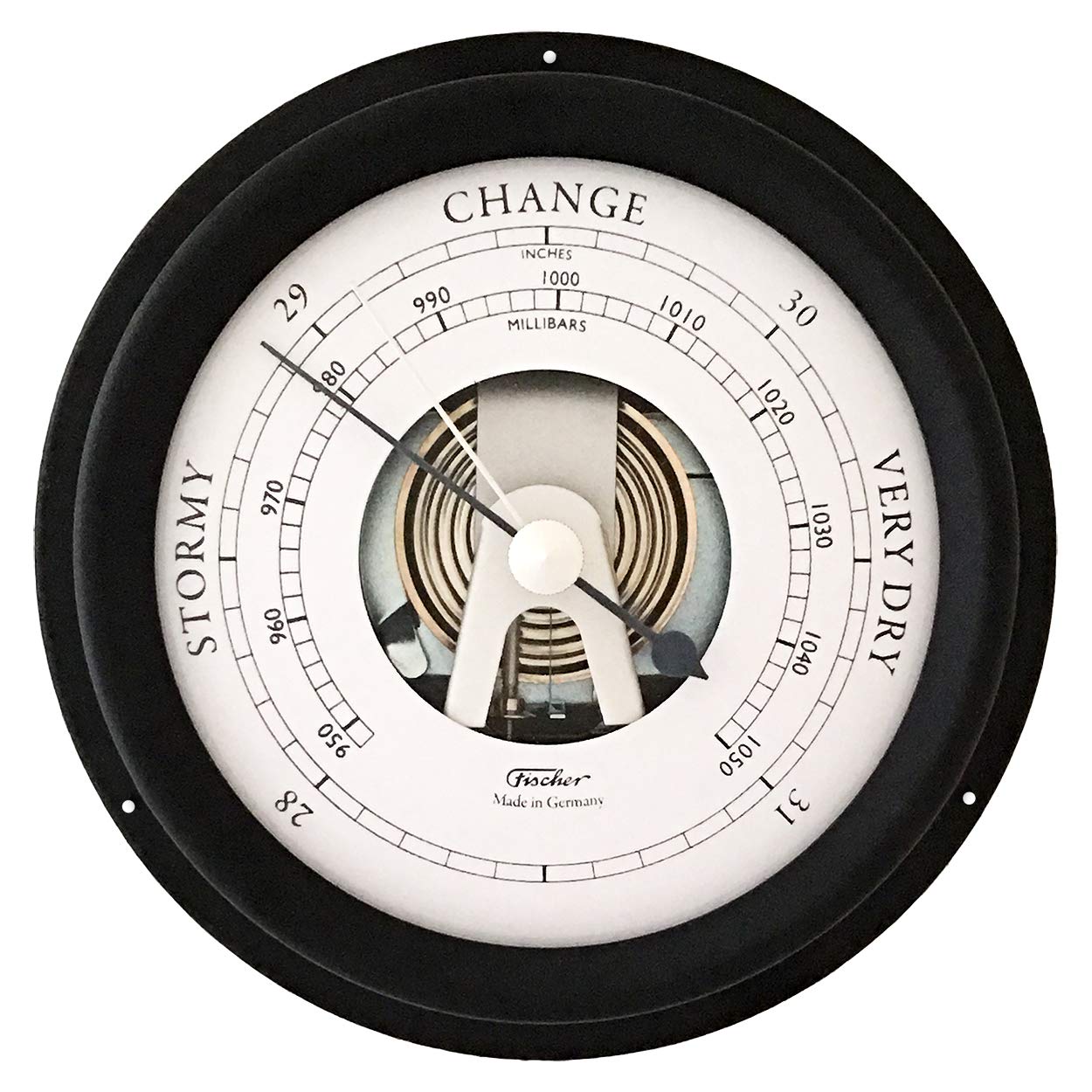
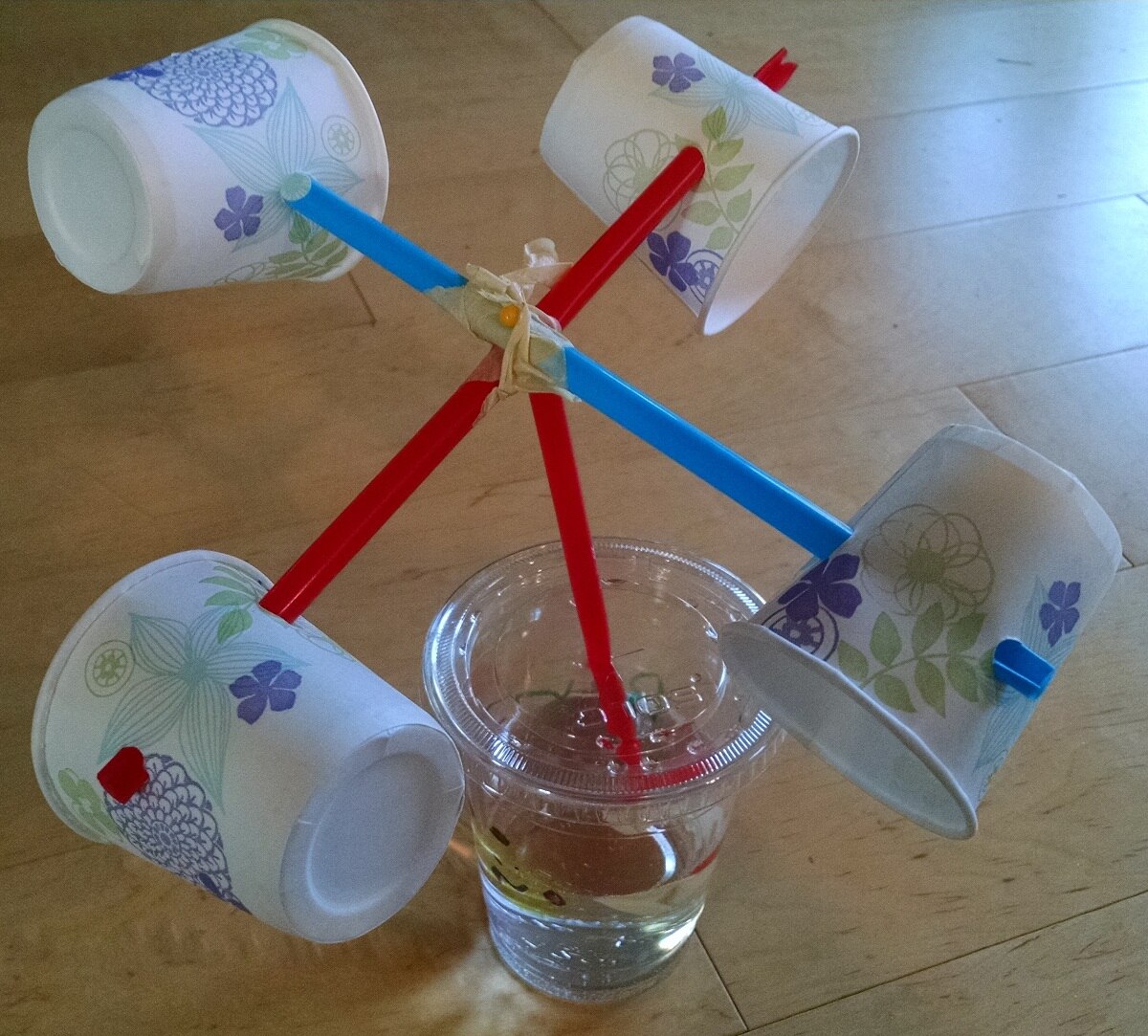
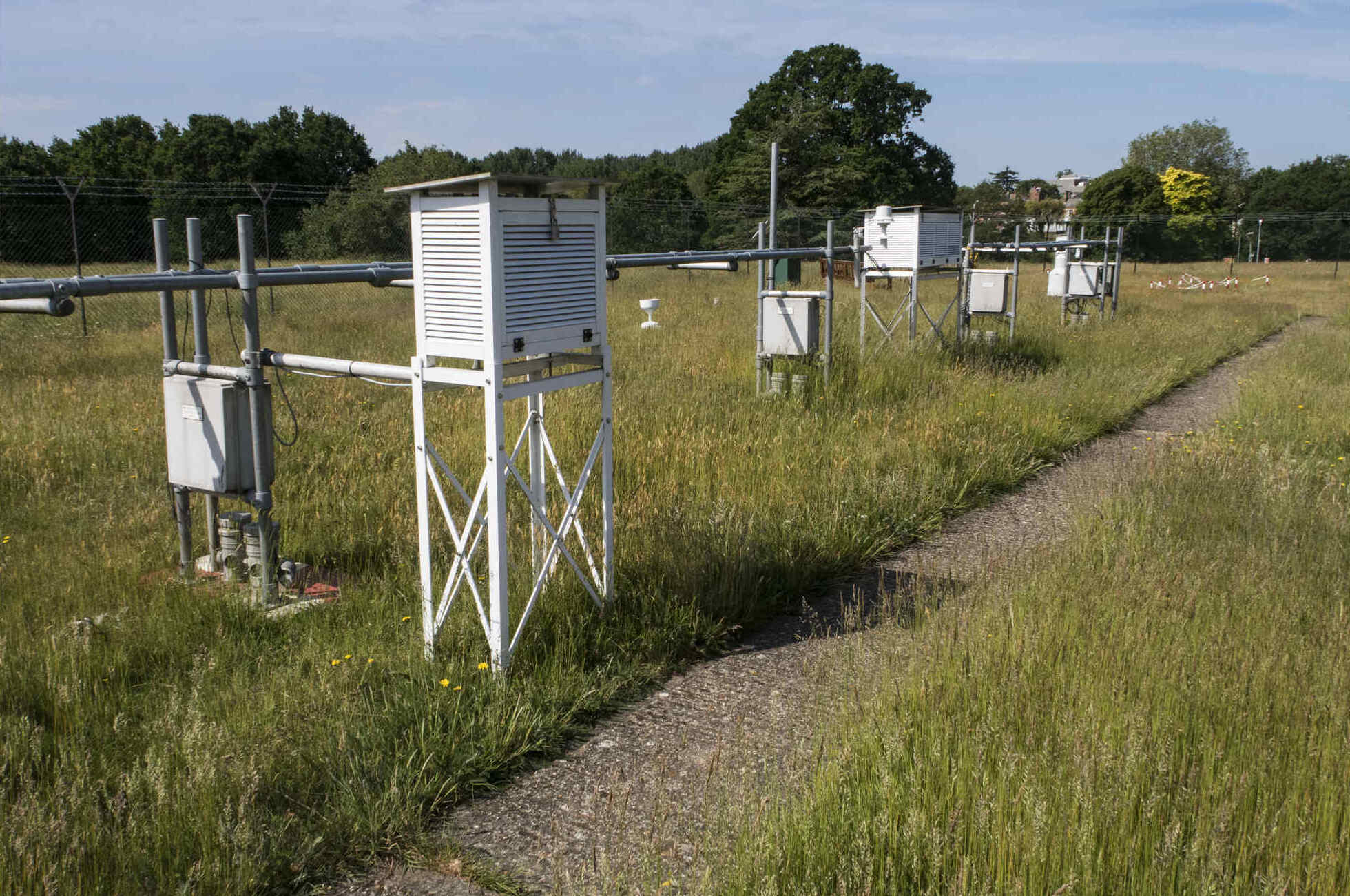
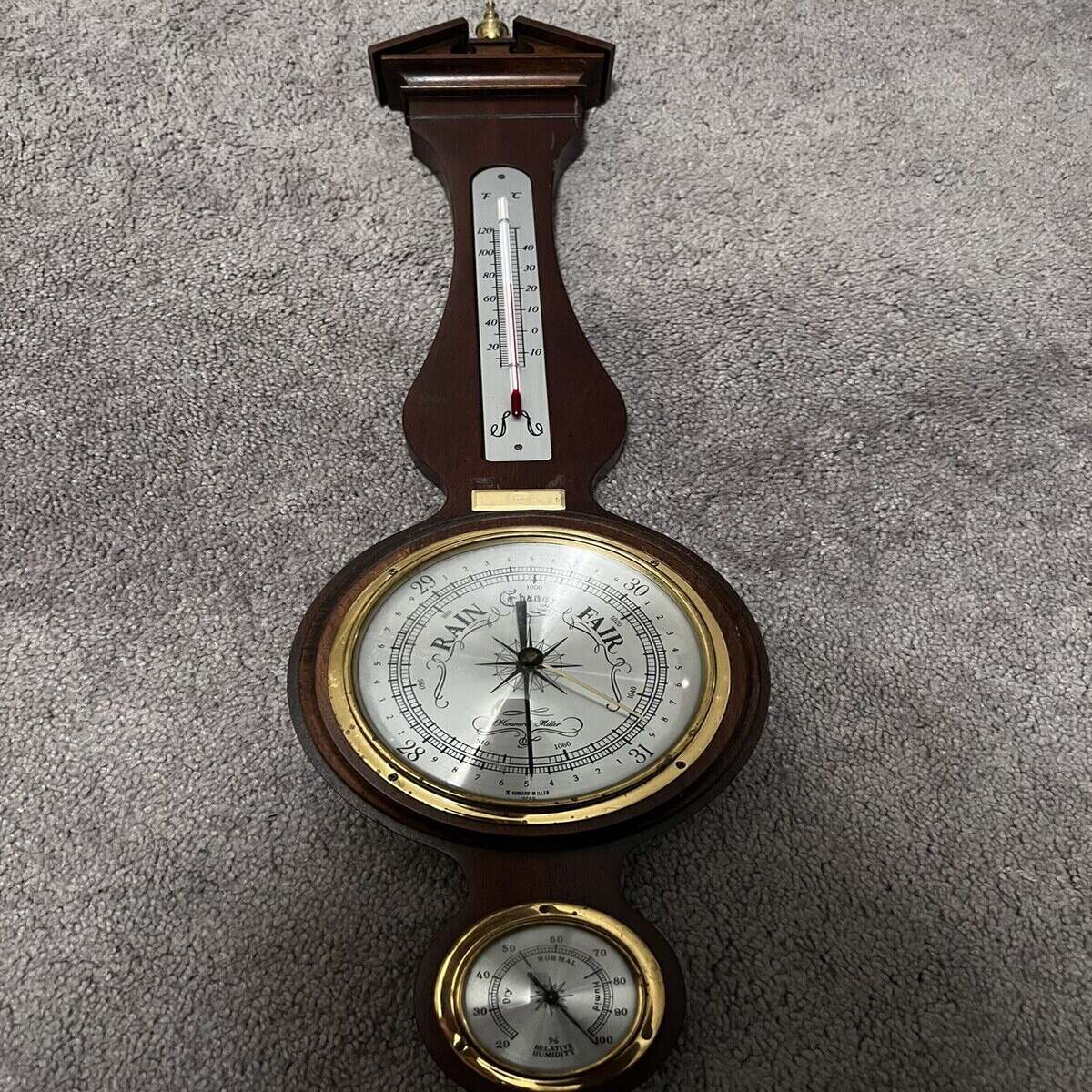

0 thoughts on “Which Weather Instrument Is Best For Predicting”